
I owe a debt of thanks to all who have taught me. I have been on a journey of discovery which has exposed me to seminal works by Peter Drucker on management, Michael Porter on competitive strategy, Henry Mintzberg on strategy processes, Malcolm McDonald on marketing, Gerry Johnson, Kevan Scholes and Cliff Bowman on strategic management, Gary Hamel and CK Prahalad on strategic competencies, Peter Senge on learning organizations, J Barney, R Rumelt and B Wernerfelt on the resource-based view of strategy, Abraham Maslows hierarchy of needs and many others. Id like to acknowledge the work of all of these great researchers and authors in this ever-evolving field of study.
Like all academic study, however, theory needs to be brought to life by inspirational tutors and the opportunity to apply it in practice. I have been fortunate to have had the opportunity to gain experience of putting theory into practice to enable me to continuously develop and contextualize it. Hopefully readers will be able to see how this process has worked in the pages of this book and be able to use and make the models, tools and techniques their own.
Id like to particularly acknowledge those chief executives and senior managers from so many diverse companies with whom Ive worked over many years. Id like to thank them for sharing their problems with me and their willingness to be both challenged and to challenge their organizations. Understanding markets and strategy needs to continuously evolve. So too does the need to ensure that leaders and managers and their organizations do not get constrained in their thinking and action by taken-for-granted assumptions and the comfort of success.
Economies and markets throughout the world are at different stages of recovery and will continue to change. There is a huge need to ensure that all those within companies understand markets and strategy. Hopefully this book will help with this challenge.
I am grateful to the team at Kogan Page for their support throughout the process of publication.
Malcolm Morley
m.morley@ucs.ac.uk
UNDERSTANDING MARKETS AND STRATEGY
No book about understanding markets and the strategies for them can really start before defining what a market is and what needs to be in place before it can operate. This chapter defines a market and provides an understanding of when one exists and when one doesnt.
It is important to understand both, as it is clear that confusion about this leads to investment in sales and marketing that is wasted. It is also the case that until a market is understood, developing strategies for it can only be generic. Generic strategies are like firing a gun and hoping to hit something as someone else at some time has hit something. Companies that are successful in markets not only fire but take aim at a defined target knowing that they are within range and have both the right gun and the right ammunition with which to hit the target.
The chapter also deals with the unrealized and realized value of markets, the types of buyers and sellers in markets, market processes for sales and the role of knowledge in markets. At the end of the chapter, readers should be able to look at their own companies and ask searching questions to ensure that they and others within the company understand the nature of the market that they are seeking to compete within.
As a boy in the school holidays I was often found on a Monday in a small town called Bakewell, in the heart of the glorious Derbyshire countryside. Apart from the world-renowned Bakewell tart, the reason that I was there was for the market.
In my mind at that point in time the market consisted of two parts. The first was a livestock market where farmers were selling cows, sheep, pigs, etc and the second was a general non-livestock market selling everything from food to textiles. Little did I know that even at that tender age I was, if only in a rudimentary way, segmenting markets!
In outline, the people at the market on a Monday were:
 Tourists who wanted to see and to experience the market. They generally looked at what the non-livestock market had to offer and only had a limited interest in the livestock market.
Tourists who wanted to see and to experience the market. They generally looked at what the non-livestock market had to offer and only had a limited interest in the livestock market.
 Local people who lived in the town and who used the market to provide an alternative to the permanent shops.
Local people who lived in the town and who used the market to provide an alternative to the permanent shops.
 Farmers who were there to sell their livestock and to socialize.
Farmers who were there to sell their livestock and to socialize.
 Farmers wives and their families who were there to shop both in the non-livestock market and in the permanent shops and who were interested in a whole range of non-livestock goods and services.
Farmers wives and their families who were there to shop both in the non-livestock market and in the permanent shops and who were interested in a whole range of non-livestock goods and services.
 Buyers in the livestock market who were of three types principally:
Buyers in the livestock market who were of three types principally:
butchers buying in small volumes for their businesses;
meat wholesalers buying in larger volumes for their businesses;
farmers buying animals to rear, eg calves to fatten for future sale.
 The auctioneers who provided the facilities and means for the sale of livestock to take place.
The auctioneers who provided the facilities and means for the sale of livestock to take place.
 Hauliers who provided transport for the livestock to and from the market.
Hauliers who provided transport for the livestock to and from the market.
 Market stallholders who were there to sell their non-livestock goods and services.
Market stallholders who were there to sell their non-livestock goods and services.
 Permanent shop, pub and restaurant proprietors, etc who were there to sell their non-livestock goods and services.
Permanent shop, pub and restaurant proprietors, etc who were there to sell their non-livestock goods and services.
 Veterinarian and environmental health professionals who were there to regulate animal welfare and hygiene.
Veterinarian and environmental health professionals who were there to regulate animal welfare and hygiene.
 The police who were there to ensure that public order was kept.
The police who were there to ensure that public order was kept.
 Other public service providers, such as refuse collectors or street cleaners, who were there to maintain the public realm.
Other public service providers, such as refuse collectors or street cleaners, who were there to maintain the public realm.
The stalls were only set up on a Monday and were dismantled the same day, leaving the permanent shops to trade for the rest of the week. The market stall traders moved on to a different location every day. The livestock market took place only on Mondays.
On Mondays the population of the town more than doubled and went from being a small rural idyll in the middle of glorious countryside to being a bustling, busy centre of commerce. But were all of the people above part of the market? Unless a market is capable of being clearly defined, it is not possible to analyse and evaluate it, never mind exploit it. All of the people who attended the Bakewell market had a diverse range of needs and expectations. Those wishing to meet and influence those needs and to convince buyers to buy from them need to be able to define and understand what a market is and how their offer relates to it.
I have read many definitions of a market. Some of these definitions are more like a complex linguistic tour of the management lexicon rather than a guide for managers and students to understand markets. Any definition needs to be capable not only of being understood but of being used in practice. This chapter seeks to provide a readily understandable and useful definition. As the narrative unfolds the reader will be able to use the definition to provide a strategic context for companies and thus develop competitive and corporate strategies that will enable them to exploit the markets that they compete in.
Next page
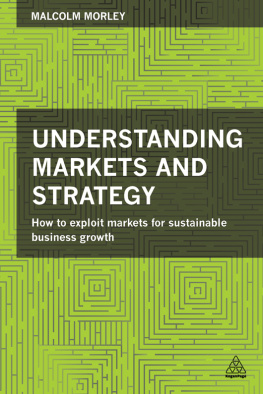





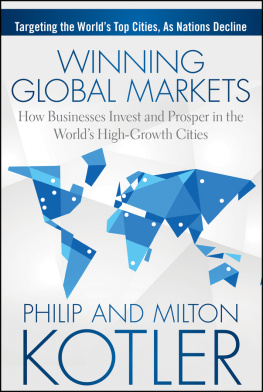
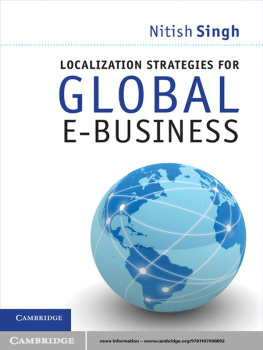


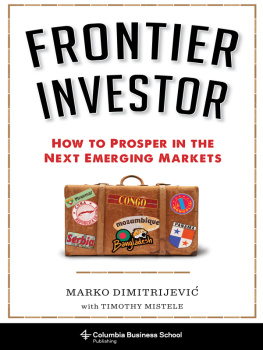
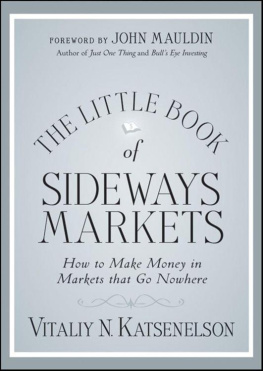


 Tourists who wanted to see and to experience the market. They generally looked at what the non-livestock market had to offer and only had a limited interest in the livestock market.
Tourists who wanted to see and to experience the market. They generally looked at what the non-livestock market had to offer and only had a limited interest in the livestock market.